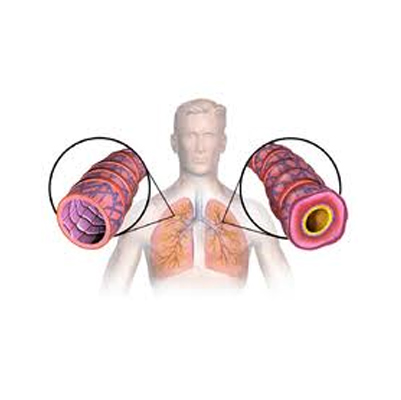Cystic Fibrosis.
Overview
Cystic fibrosis
Cystic fibrosis is an genetic disorder that causes severe harm to the lungs, digestive system and different organs within the body.
Cystic fibrosis affects the cells that turn out mucous secretion, sweat and digestive juices. These secreted fluids are normally thin and slippery. But in human Cystic fibrosis with, a defective sequence causes the secretions to become sticky and thick.
Instead of acting as a stuff, the secretions plug up tubes, ducts and passageways, particularly within the lungs and exocrine gland.
Symptoms
- A persistent cough that produces thick mucus (sputum)
- Wheezing
- Breathlessness
- Exercise intolerance
- Repeated lung infections
- Inflamed nasal passages or a stuffy nose
- Poor weight gain
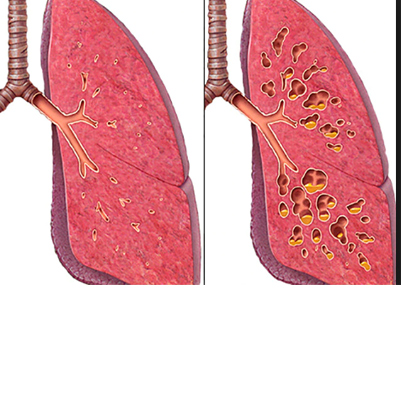
Hypercapnia
Overview
Hypercapnia, or hypercapnia, because it is usually known as, could be a condition arising from an excessive amount of carbon dioxide within the blood.
It is typically caused by hypoventilation or disordered respiratory wherever not enough O enters the lungs and not enough carbon dioxide is emitted.
There ar different causes of hypercarbia, as well, together with some respiratory organ diseases.
Signs and Symptoms
When hypercarbia is gentle, many of us don't even understand they need the condition, particularly once it develops slowly over time.
- Fatigue
- An inability to concentrate or think clearly
- Headaches
- Flushing
- Dizziness
- Mild symptom (shortness of breath) or an elevated rate of respiration (tachypnea) Increased blood pressure
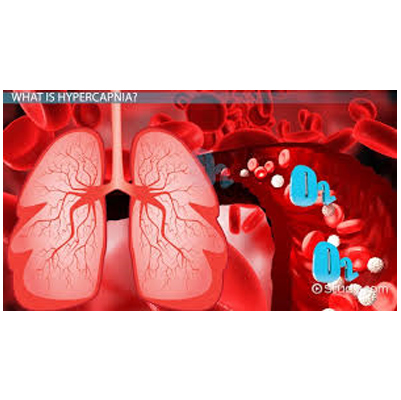
Hypersensitivity Pneumonitis
Overview
Also called outside allergic alveolitis, Bird fancier’s respiratory organ, Farmer’s respiratory organ, bathing tub respiratory organ, Humidifier respiratory organ Hypersensitivity redness may be a rare system disorder that affects the lungs.
It happens in some folks once they take a breath bound substances they encounter within the atmosphere.
These substances trigger their immune systems, inflicting short- or long inflammation, particularly during a a part of the lungs known as the interstitium.
This inflammation makes it more durable for the lungs to perform properly and should even permanently harm the lungs.
If diagnosed, some varieties of hypersensitivity redness ar treatable by avoiding exposure to the environmental substances or with medicines like corticosteroids that cut back inflammation.
If the condition goes untreated or is not well controlled over time, the chronic inflammation can cause irreversible scarring of the lungs that may severely impair their ability to function.
Signs and symptoms
- chronic hypersensitivity redness could embody flu-like sickness as well as fever,
- chills,
- muscle or joint pain, or headaches;
- cough
- chronic bronchitis
- shortness of breath
- anorexia or weight loss
- fatigue; fibrosis of the lungs; and clubbing of fingers or toes,
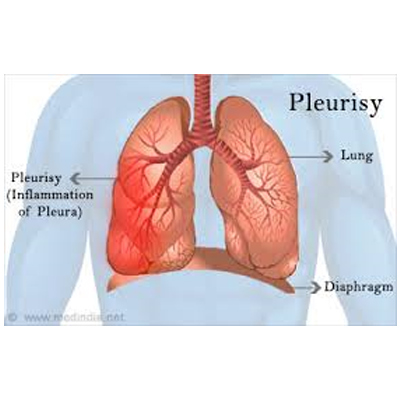
Hypoxemia
Overview
When your body does not have enough oxygen, you'll get hypoxemia or hypoxia. These are dangerous conditions.
Without Oxygen, your brain, liver, and different organs will be damaged simply minutes once symptoms begin.
Hypoxemia (low oxygen in your blood) will cause drive (low O in your tissues) once your blood does not carry enough O to your tissues to satisfy your body's wants.
The word hypoxia is usually wont to describe each issues.
Symptoms
Although they will vary from person to person, the foremost common drive symptoms are: Changes within the color of your skin, starting from blue to cerise
- Confusion
- Cough
- Fast heart rate
- Rapid breathing
- Shortness of breath
- Slow heart rate
- Sweating
- Wheezing
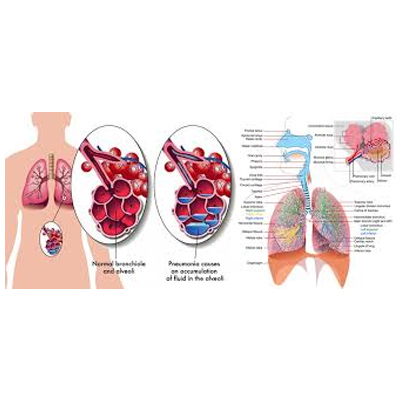
Obstructive lung
Overview
Obstructive respiratory organ sickness may be a sort of respiratory organ malady that happens because of blockages or obstructions within the airways.
Blockages damage the lungs and cause their airways to narrow. This damage leads to difficulty breathing.
In this article, we glance at the causes, symptoms, diagnosis, and treatment of many varieties of impeding respiratory organ sickness.
When someone breathes, air travels down the windpipe through a series of tubes called bronchi, which gradually get smaller. At the tip of those tubes ar bunches of air sacs known as alveoli.
In healthy lungs, the alveoli top off with air and pass O through to the blood vessels that line them. At a similar time, the blood passes carbon dioxide back to the alveoli for exhalation.
Symptoms
- Wheezing,
- tightness in chest,
- a chronic cough, a feeling of mucus in the back of the throat,
- especially first thing in the morning,
- a loss of energy,
- weight loss,
- a blue tint to the lips or nail beds,
- repeated respiratory infections,
- swelling in the legs and feet,
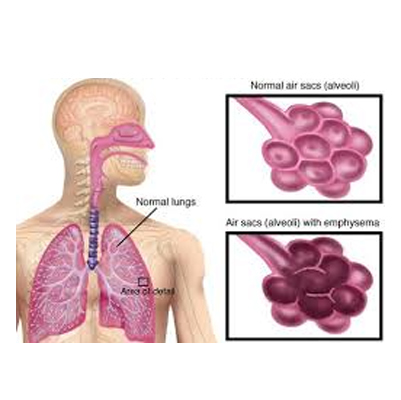
Pneumoconiosis
Overview
Pneumoconiosis is any respiratory organ sickness caused by dirt particles that may injury the lungs.
The type of disease varies according to the kind of dust inhaled, although symptoms are usually similar regardless of the cause Pneumoconiosis could be a respiratory organ unwellness caused by bound dirt particles that are most frequently found in a very work atmosphere.
Symptoms of respiratory illness embrace issue breathing and a cough, but what makes the disease more than a chest infection
Pneumoconiosis will happen once human breathes in dirt particles like amphibole, coal dust, or silica.
If these particles enter airways or air sacs within the lungs, they will cause inflammation because the body tries to fight them off.
Symptoms
- Pneumoconiosis will take long time time to develop, as dust can build up slowly or take many years to cause a reaction in the lungs.
- This means that symptoms may not appear immediately after dust particles have entered the lungs.
- A person with {pneumoconiosis|pneumonoconiosis|respiratory unwellness|respiratory illness|respiratory disorder} might not add AN atmosphere with dirt that has caused the disease.
- difficulty breathing, or shortness of breath
- a cough, which may produce phlegm
- tightness in the chest.
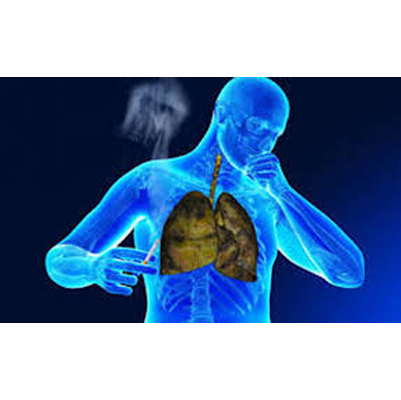
Pulmonary Fibrosis
Overview
Pulmonary fibrosis could be a respiratory organ sickness that happens once respiratory organ tissue becomes broken and scarred.
This thickened, stiff tissue makes it harder for your lungs to figure properly. As pneumonic pathology worsens, you become increasingly} more in need of breath.
The scarring related to pneumonic fibrosis are often caused by a large number of things. But in most cases, doctors can't pinpoint what's causing the problem.
When a cause cannot be found, the condition is termed disorder respiratory organ pathology.
Symptoms
Signs and symptoms of pulmonary fibrosis may include:
- Shortness of breath (dyspnea)
- A dry cough
- Fatigue
- Unexplained weight loss
- Aching muscles and joints
- Widening and rounding of the tips of the fingers or toes (clubbing)
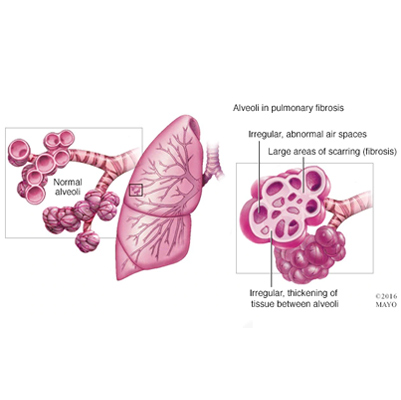
Reactive Airway
Overview
Reactive airway sickness (RAD) isn't a clinical term. People with reactive airway malady have bronchial tubes that respond to some form of pain.
The term is most commonly used to describe a person who is wheezing or having a bronchial spasm, but who has not yet been diagnosed with asthma.
Symptoms
The symptoms of reactive airway sickness ar kind of like those of respiratory illness.
These symptoms may include:
- wheezing
- coughing
- shortness of breath or difficulty breathing
- excess mucus in the bronchial tube
- swollen mucous membrane in the bronchial tube
- hypersensitive bronchial tubes
